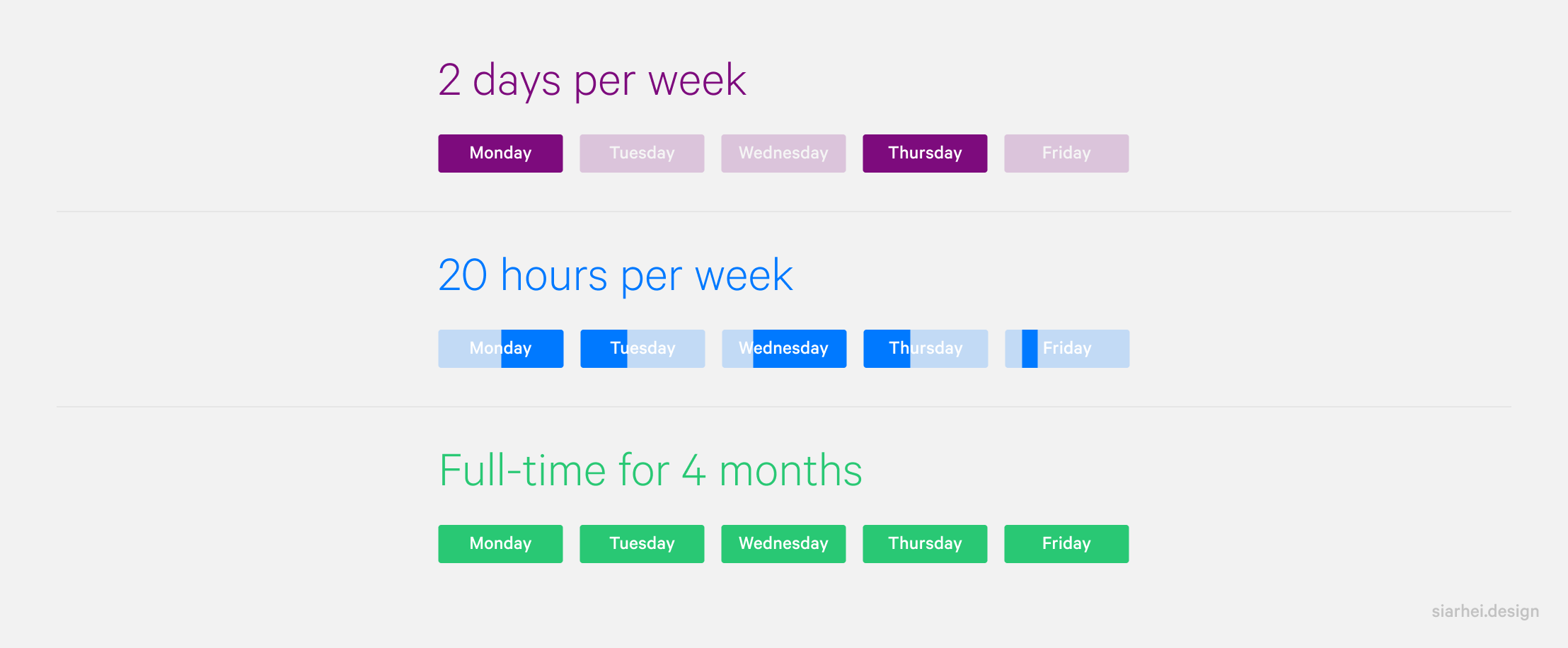In contrast to design consultants, who typically work on specific projects, or advisors who provide feedback without executing, fractional leaders fully immerse themselves in the day-to-day operations of the company. They take on the responsibility for decision-making, strategy implementation, and team mentorship, essentially assuming the complete role but on a part-time basis.
The advantages of this setup may not be immediately evident to everyone. So, why do certain companies prefer fractional leaders over traditional executive hires? It appears that the key reasons include lower costs, reduced commitment, and increased flexibility.
Lower commitment and increased flexibility
Hiring is undeniably challenging, and recruiting executives adds an extra layer of complexity. The talent pool for executive roles is more limited, and the expectations are considerably higher. Companies must conduct extensive background checks and multiple rounds of interviews, yet they often don’t determine whether they’ve made the right choice until a few months into the new executive’s tenure. An unsuccessful executive hire can have far-reaching consequences, affecting team morale, productivity, and even undermining confidence in the company’s leadership.
A fractional leadership arrangement may be viewed as a less risky alternative, particularly when the role is entirely new to the company. Fractional leaders can actively contribute to identifying their full-time successor, as well as establishing the appropriate expectations for the role. In some instances, they might even transition to full-time roles themselves with far greater confidence in the mutual fit.
Time allocation
As the name suggests, fractional arrangements are inherently not full-time commitments. FLs can choose to allocate a portion of their time to a company in several ways:
- Defined working days per week, such as Monday and Thursday.
- A set number of working hours per week with flexible scheduling, for instance, 20 hours weekly.
- Full-time involvement for a limited period, like 4-6 months.
In many cases, when things are going smoothly and companies are clearly benefitting from their fractional leaders, there’s a tendency for scope creep—some requests may extend beyond the initially agreed timeframe. To handle this, setting clear boundaries and goals from the outset is a good approach. Additionally, an extra fee could be considered for one-off activities like client meetings or conference attendances. However, if the demand for the role consistently grows beyond the agreed-upon arrangement, it’s a good idea to review it.



